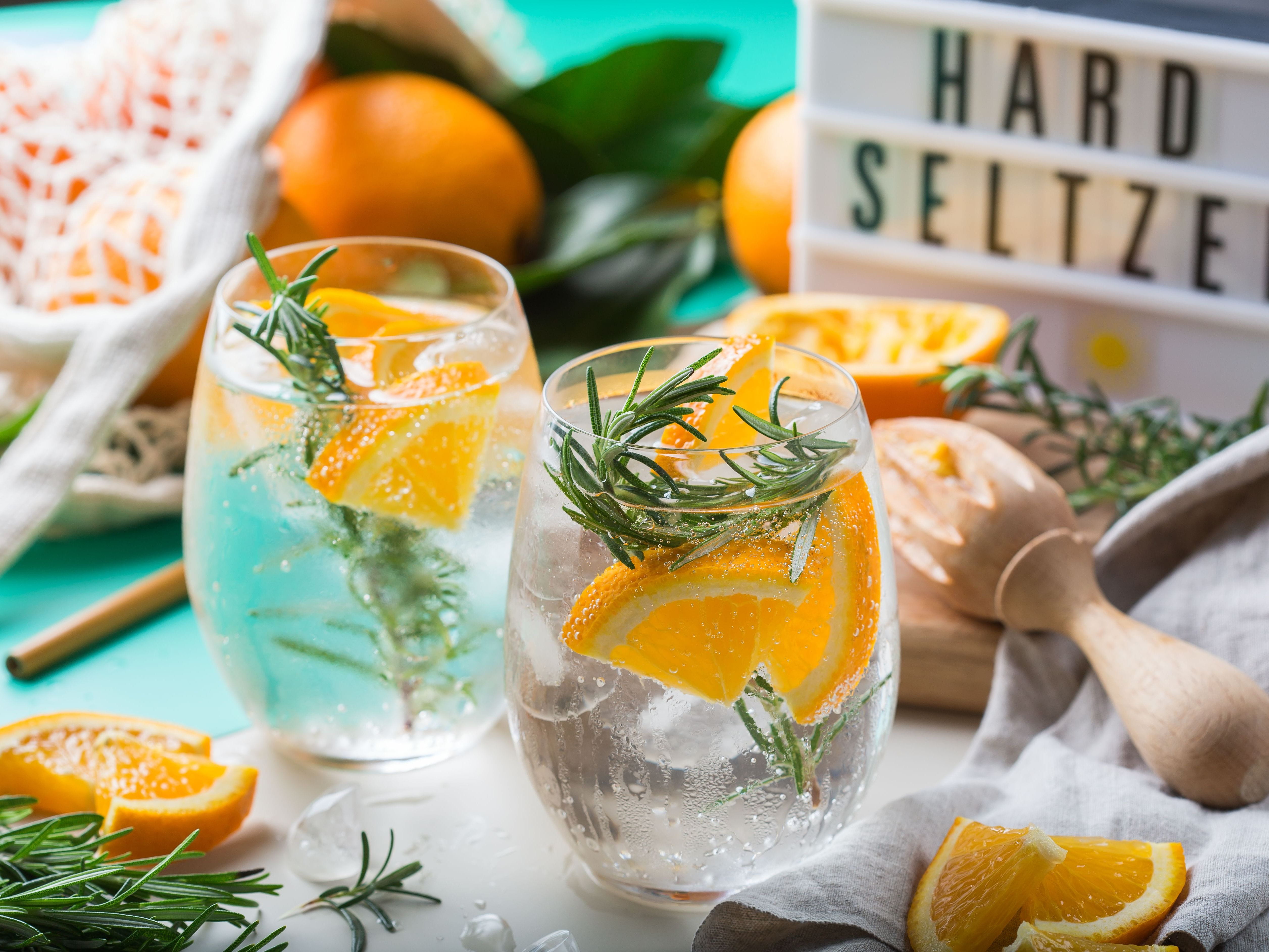Hiding in Plain Sight: The Danger of Commercial Spiked Beverages

The Bottom Line
Spiked beverages have become increasingly common. Although they usually do not contain a high percentage of alcohol, many of the brands and names are for products that traditionally have not contained alcohol. This can cause problems when children or unsuspecting adults consume them, believing they are non-alcoholic.

What are “spiked” beverages?
“Spiked” beverages are drinks that contain alcohol but have names, flavors, and packaging similar to common non-alcoholic drinks. Common examples include seltzers, iced tea, and lemonade that have alcohol mixed in.
More recently, other spiked beverages have been marketed with names and labeling similar to products that do not typically have alcohol. For example, Hard Mtn Dew has a similar name and packaging to Mountain Dew, a popular soda. Hard Sunny-D is also available, which shares a similar name and packaging to the well-known fruit drink.
Why are spiked beverages more dangerous than other alcohols?
Most spiked beverages do not contain high concentrations of alcohol – usually 5% or less. One common mixer is vodka, but other alcohols can be used as well. The problem is that because spiked beverages have similar names, flavors, and packaging to non-alcoholic drinks, they can be a source of confusion, leading people to inadvertently consume alcohol.
This is especially dangerous for children, who get into these drinks and are more sensitive to the effects of alcohol due to their small size. The bright packaging and similarity to other drinks make these products attractive to children. The flavors may also somewhat mask the taste of alcohol, leading kids to drink more than they would of a high-alcohol content beverage. This may also be a source of confusion for adolescents and people who have limited literacy or who are not proficient in English. It is important to know that some spiked beverages may also have caffeine.
What are some signs that a drink might contain alcohol?
Packaging can be misleading, as it can resemble common non-alcoholic drinks. Clues that a product may contain alcohol are words such as “hard,” “spiked,” “twisted,” or “malt.” Spelling or packaging may also be slightly different, and there may be an alcohol content and warnings on the label. In addition, where the product is stored in the store may be different. Although the flavoring may mask the alcohol, these beverages usually do have a different taste than their non-alcoholic counterparts.
I accidentally drank alcohol while on medication. What should I do?
It depends on the person, the medication involved, and the amount of alcohol consumed. There are some medications that are dangerous when you combine them with alcohol. These include medications like opioid pain medications and sedatives. You should avoid driving if this is the case. Excessive drowsiness and abnormal breathing can occur in more severe cases. In other situations, interactions are less serious. Check with your health care provider or poison control if you have questions about combining a particular medication and alcohol.
My child accidentally drank a spiked beverage. What should I do?
It depends upon the age and size of the child and the amount of alcohol consumed. A small taste is usually not enough to cause a problem, but drinking an entire can could be serious. Children who drink alcohol can develop confusion, drowsiness, and difficulty walking. Low blood sugar, seizures, and coma have been reported in severe cases. Do not try to make the child vomit.
Expert help is available through the webPOISONCONTROL online tool and by phone at 1-800-222-1222. Poison Control’s expert guidance is always free, confidential, and available 24 hours a day.
Maryann Amirshahi, PharmD, MD, MPH, PhD
Medical Toxicologist
Poison Control Media Information
Did you find this page helpful? If so, we need your support. Poison Control is in constant competition with misinformation online. Links to www.poison.org or our webPOISONCONTROL triage tool from other websites and blogs help internet searchers quickly find accurate information and Poison Control’s contact information in an emergency. If you use the content from this page, please provide attribution via a link back to this page, www.poison.org, or https://triage.webpoisoncontrol.org/#!/exclusions. By doing so, you could save a life. Thank you!
Poisoned?
Call 1-800-222-1222 or
Prevention Tips
- Read labels carefully because names and packaging are often similar to non-alcoholic drinks.
- Store alcoholic beverages away from children.
- Do not consume excessive amounts of alcohol.
- If you or someone you know has a problem with alcohol, treatment is available.
- Talk to you healthcare provider or call Poison Control if you have questions about combining alcohol with medications.
This Really Happened
A 7-year-old-girl was brought to the emergency department with severe drowsiness and confusion. She was confused and testing revealed she had an elevated blood alcohol level. Upon further investigation, it was found that she drank an entire can of hard soda. Her parents primary language was not English, and they did not understand that it contained alcohol. She ultimately made a full recovery.For More Information
McClain CJ et al. Potentiation of acetaminophen hepatotoxicity. JAMA 1980;244:251-253.
Weathermon R, Crabb DW. Alcohol and medication interactions. Alcohol Res Health 1999;23:40-45.
References
Centers for Disease Control and Prevention. Alcohol poisoning deaths.
Mayo Clinic. Alcohol poisoning.
National Institutes on Alcohol Abuse and Alcoholism. Understanding the dangers of alcohol overdose.
Poisoned?
Call 1-800-222-1222 or
Prevention Tips
- Read labels carefully because names and packaging are often similar to non-alcoholic drinks.
- Store alcoholic beverages away from children.
- Do not consume excessive amounts of alcohol.
- If you or someone you know has a problem with alcohol, treatment is available.
- Talk to you healthcare provider or call Poison Control if you have questions about combining alcohol with medications.
